I'm trying to implement two cascaded low pass filters in a software application so that I can smooth out a potentially volatile data set. Based on the incoming data, I want a signal to be turned on/off at a certain threshold (i.e. the filtered data drops below x). But I want this signal to turned on and off smoothly, so that its not affected by big spikes, but is affected by consistent samples below x (or above in the opposite case). From what I remember from my DSP class, low pass filters are what I want. The exact equation I'm using, with two cascaded, is:
Signal at time T = (sample at time T) * gamma + (signal at time T-1) * (1-gamma)
My question is, could anyone demonstrate the exact mathematical calculation to determine the sensitivity of my filter, based on my values for gamma. I.e. a gamma value of x will ensure a single sample does not move the overall signal by more than y%, or a similar calculation so that I can have a numeric value on this.
